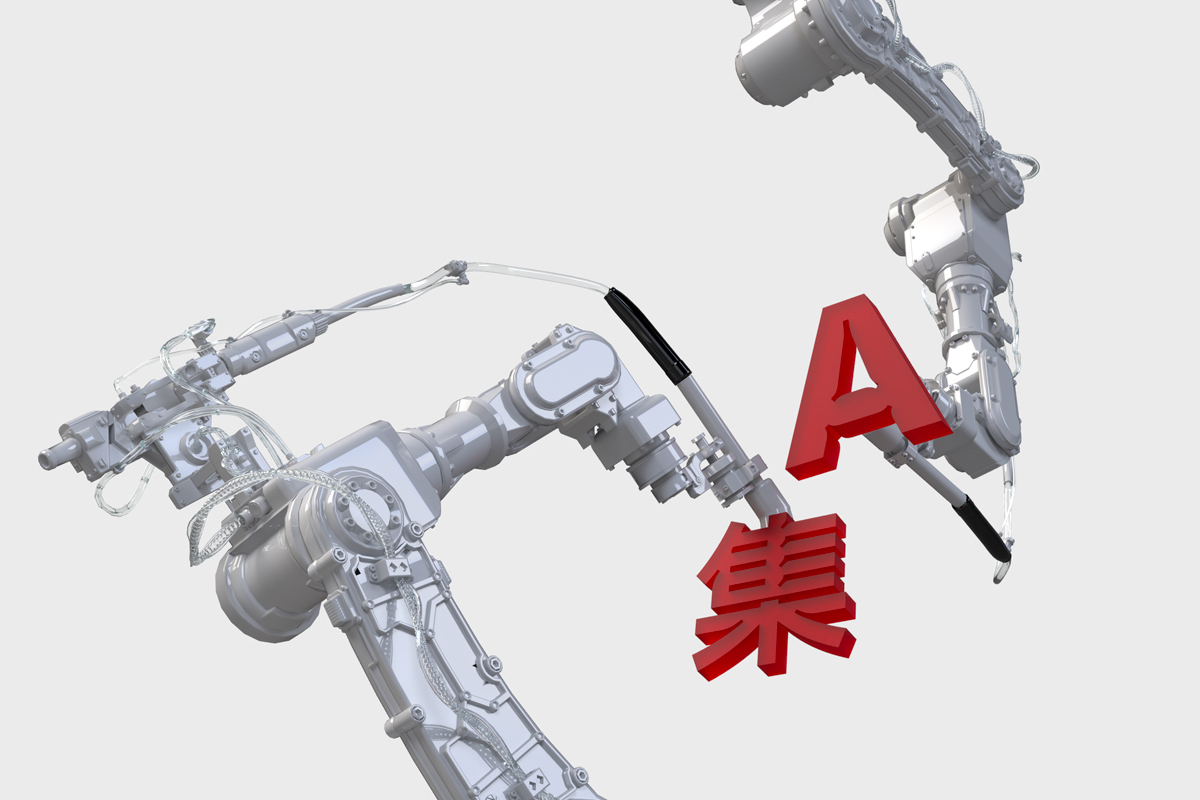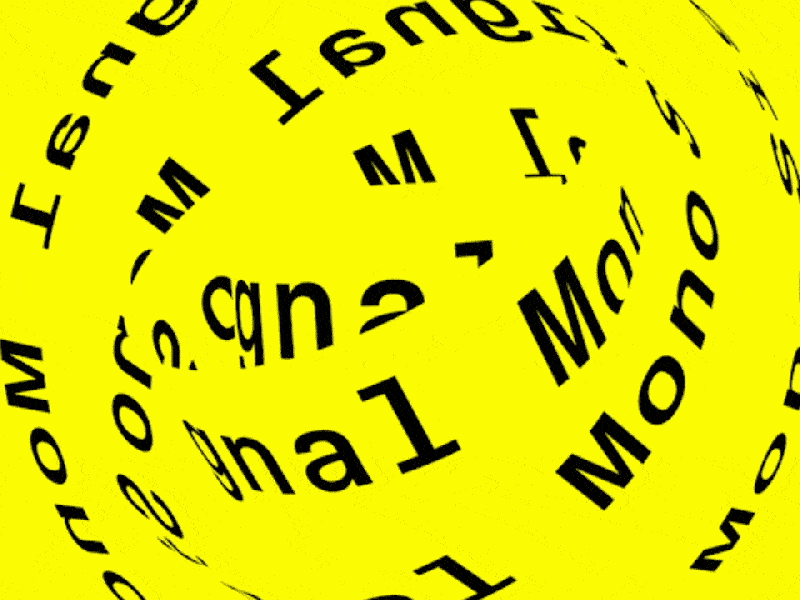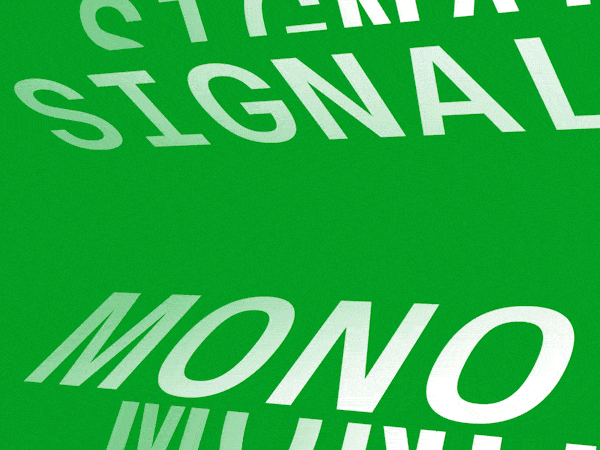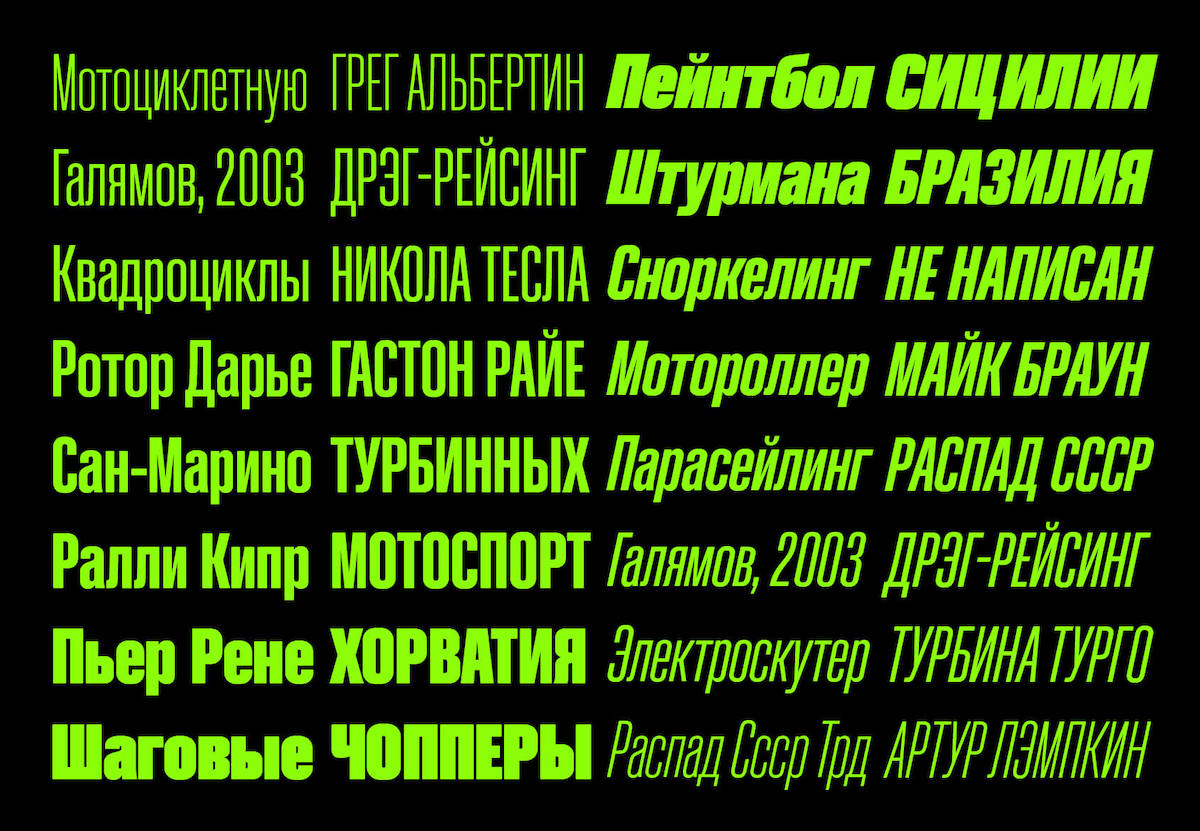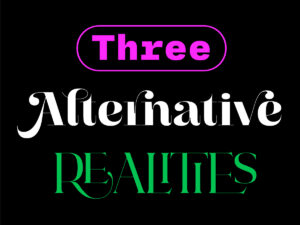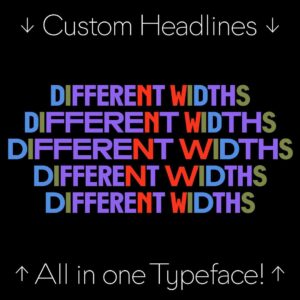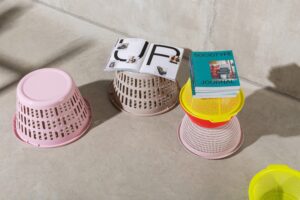With fonts laying somewhere between creative assets, artefacts of intellectual property, and intangible clusters of data, a huge challenge within the design industry now is trying to figure out a font buying system that works for everyone. That is, one which reflects the labour of a font’s creation, the value it brings to brands and users, and the ways in which customers use it—all to incrementally different extents. It’s a challenge many are thinking about, especially in the context of supporting independent designers and providing a clearer experience for font buyers.
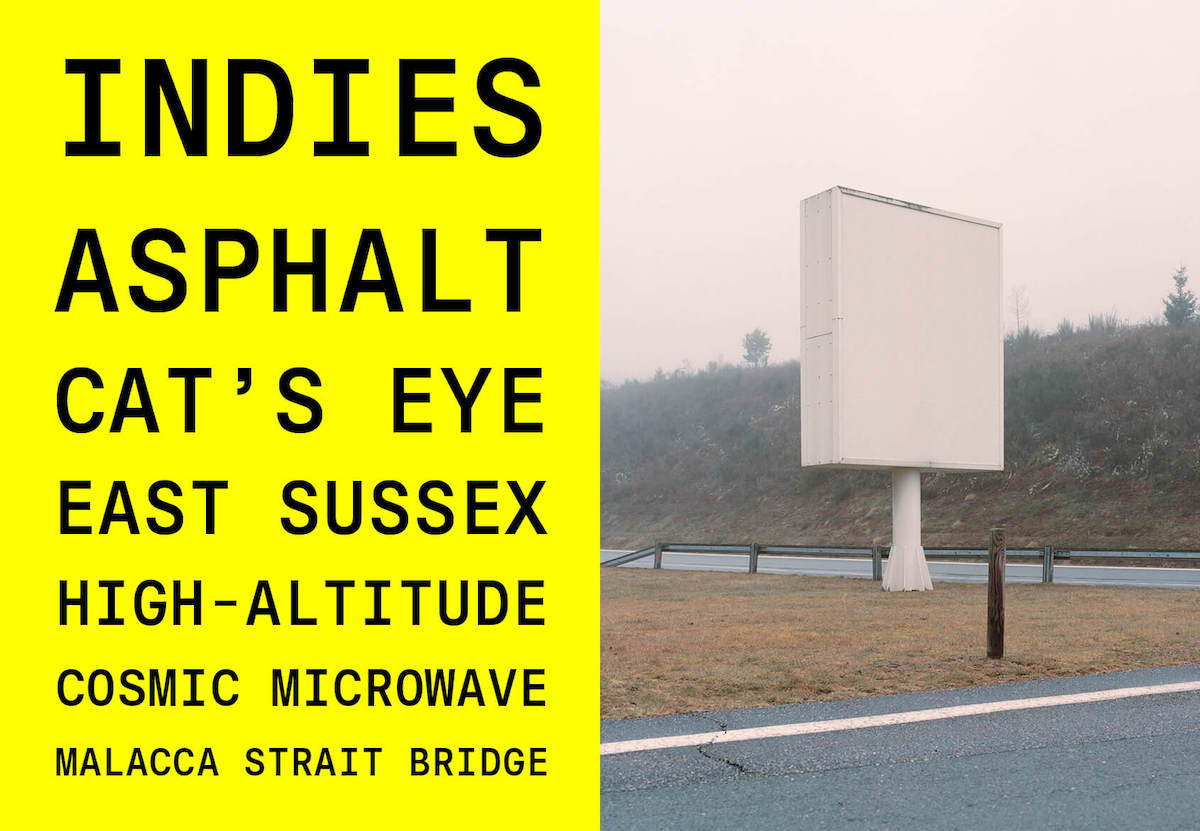
Production Type is a digital type design agency publishing the best of today’s design, based in Paris and Shanghai. Their mission is to bring together a diverse stream of work from talented designers, and to collate that work into one place where it can be promoted, distributed and celebrated. In this conversation, we speak to Production Type’s founder, Jean-Baptiste Levée, to gain insight into the shifting landscape of font buying; looking at where the key issues are now, alongside what Jean-Baptiste thinks needs to be done to create a fair, progressive font buying system. Welcome, Jean-Baptiste…

What does the current system of font buying look like to you?
The current system of font buying looks outdated. Digital fonts have been around for 20, 30 years, and are traded as software assets. At best, this assumption is inaccurate, at worst, it’s plain wrong. Fonts are merely data, for sure, but they are first and foremost creative assets, just like photography or music.
Customers still have difficulties in grasping what a font license is. In the current state of things, it’s always challenging to get that fonts are licensed as a piece of software with the accompanying limits: no transfer, no copy, etc. Yet, unlike genuine software, fonts don’t have anti-copy protection mechanisms, nor do they have license enforcement click-through built-in, to say the least. This leaves customers facing an unsolvable problem: in the professional environment, these creative assets need to circulate just like photographs, movie clips, illustrations, or music, but they can’t, because they’re managed by IT.
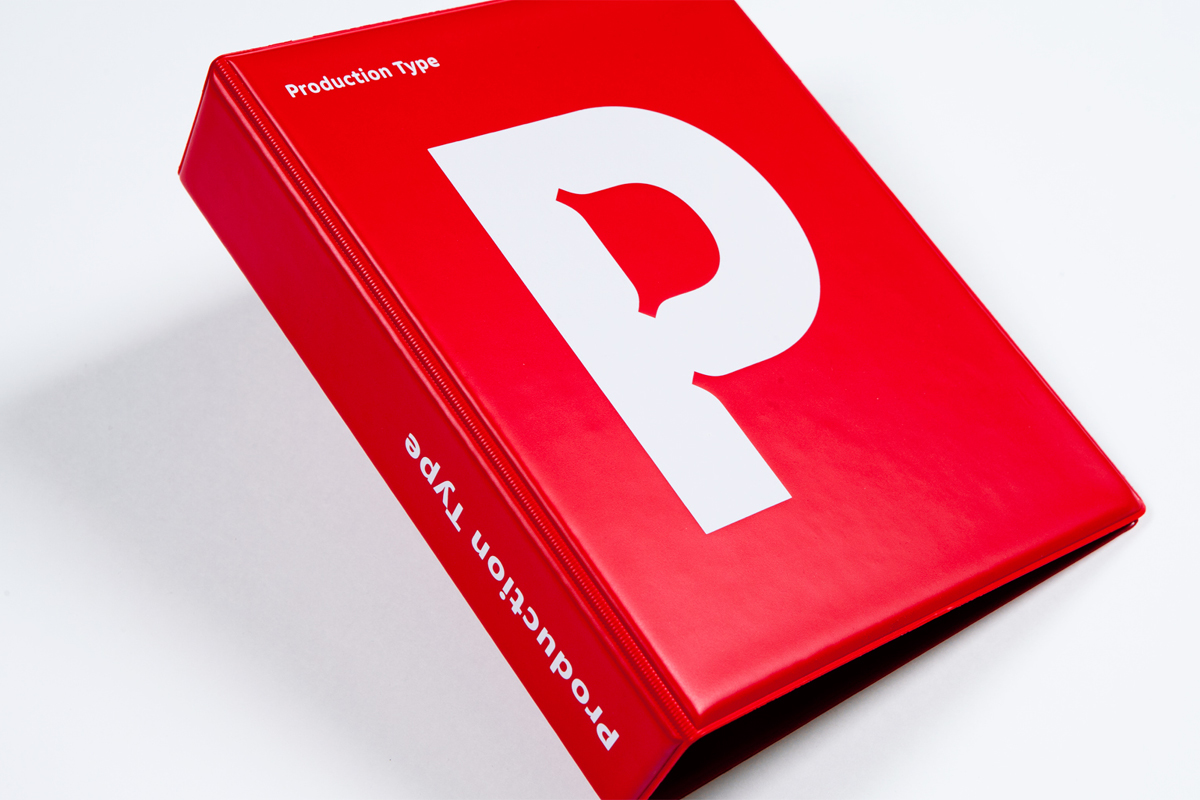
Does the current system need changing? Is there something that you feel isn’t working?
As far as license sizing is concerned: right now, a would-be customer has to state many things, like a number of “users” or “CPUs” or “seats” for which the fonts would be installed, or a number of “monthly website page views”, or “ad impressions”. These metrics are not always easy to assess and declare. Users have a tendency to go for the fastest option on checkout, with the lowest “1-user” increment. Self-declaration is biased more often than not, and foundries can’t realistically enforce all their agreement’s provisions.
There is no perfect system, but there can be one where a larger company could be charged for the value extracted from type, while leaving independent designers who want to source good design material unharmed.
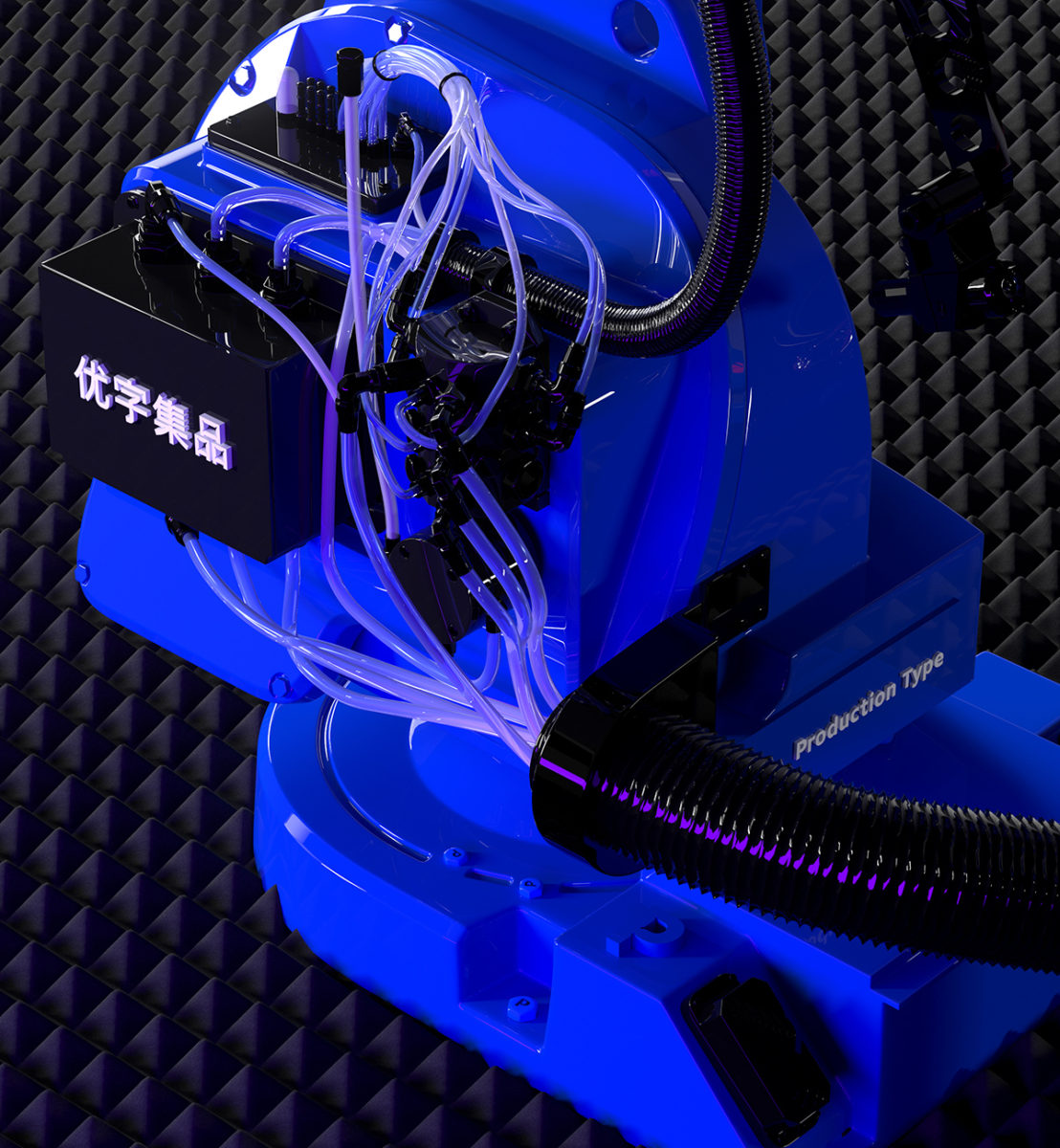
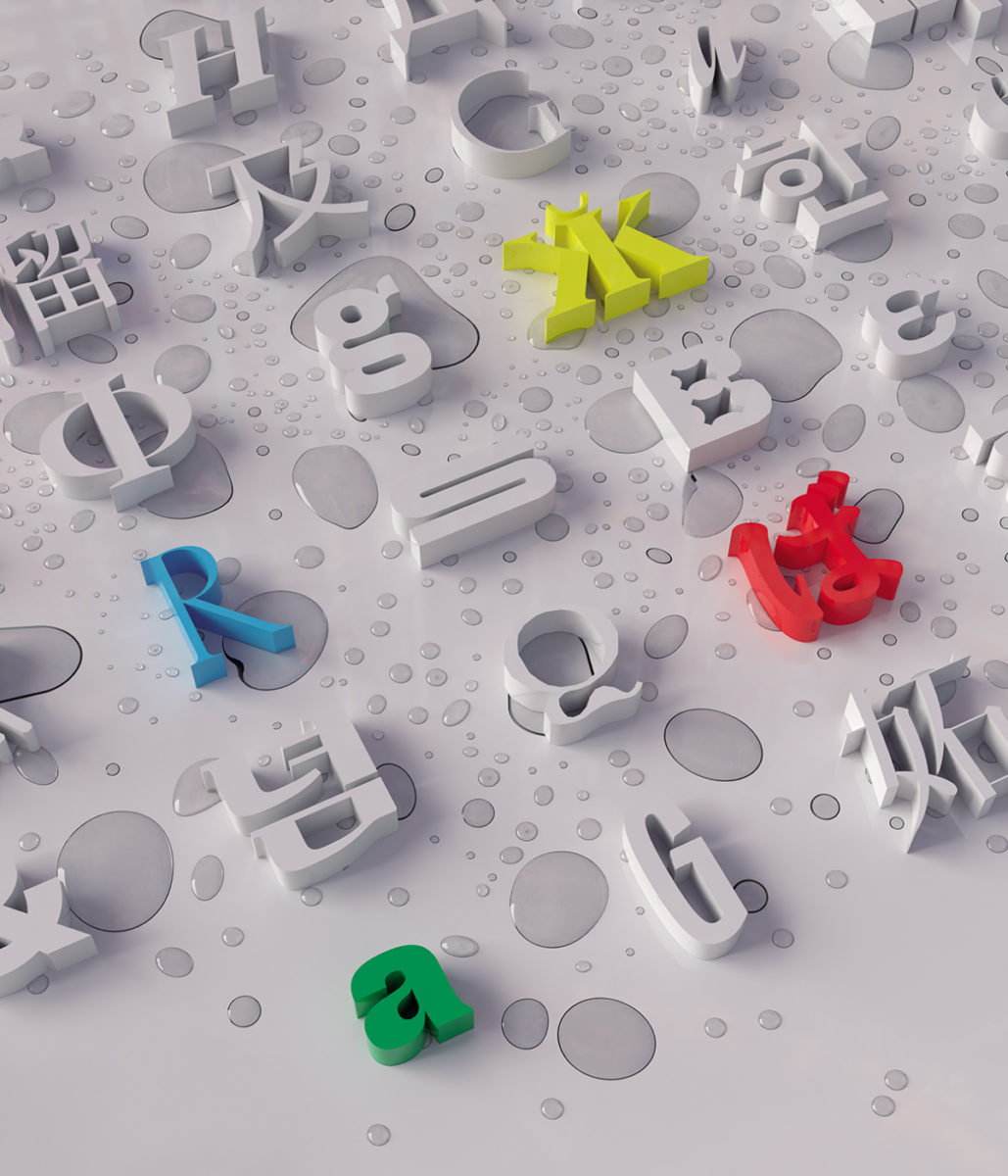
Do you have any particular insights into an aspect of customer/client behaviour when it comes to buying fonts?
The metrics that are traditionally used by foundries don’t work anymore. I like to think that customers better understand metrics that are universal: time and space, or metrics that can easily be documented and verified, such as company size.
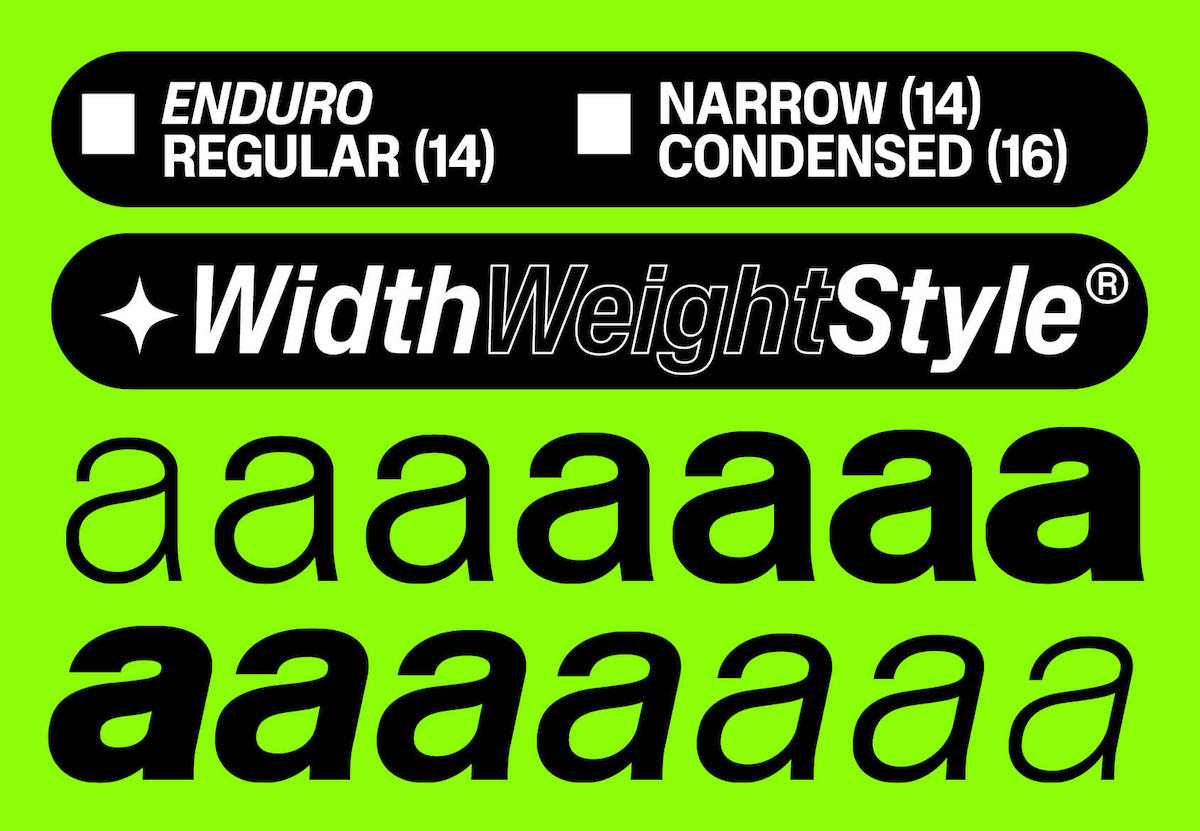
What industry changes have you seen in font buying over the past 5-10 years?
In order to circumvent legal changes of the “first-sale doctrine” and the right to resell software, larger companies have shifted, or tried to shift, their one-off licensing model to a subscription-based model. This approach, borrowed from an IT mindset, righteously hasn’t been well received by creatives. Another change is the now closer documentation of the creative process of fonts, where one can witness in-progress work through social media or dedicated platforms or via “Lab” or “Experimental” sections of foundries’ outlets.
This leads to another evolution: testing and comping. Per customer request, it has been easier to test fonts, whether on a short-term rental basis or with special testing versions of the fonts. Many outlets have pushed back on offering this option, and while I see the legitimacy of this logic, I also think customers shouldn’t always have to resort to a purchase of something they might not need.
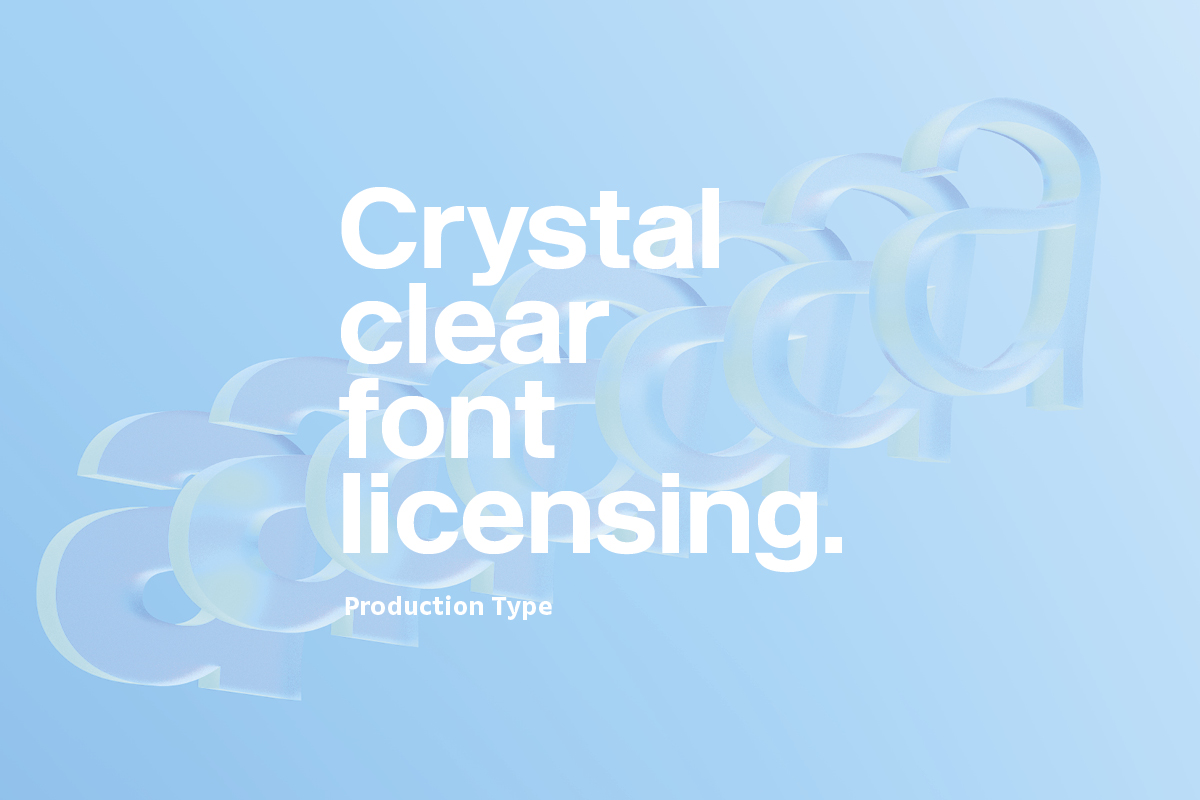
Where do you see the future of font buying going?
I’m pretty confident that independent designers will gain ever easier accesses to the market. The big digital shakedown of the 90s-00s is past us, and the last technological bottlenecks for selling fonts are being waived — which means that even more designers being able to offer their fonts. My only worry is that these new capabilities are not yet accompanied by a broad conception of the value of said designers’ work. Type designers do not need to play the reverse auction game: larger distributors already do. They have come to realise this is undermining the whole trade. We, as independent designers, have the power to request fair compensation for our work.
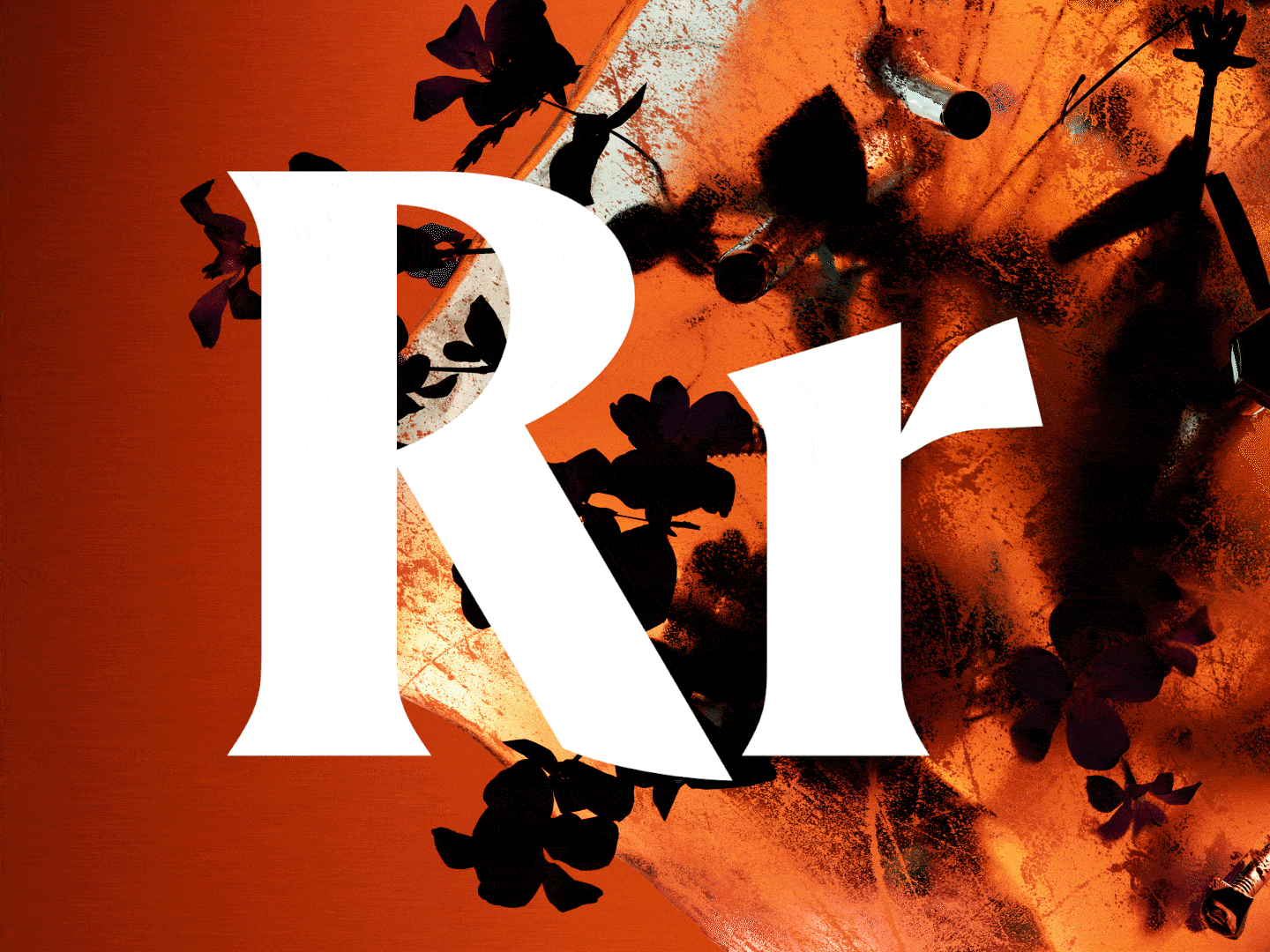
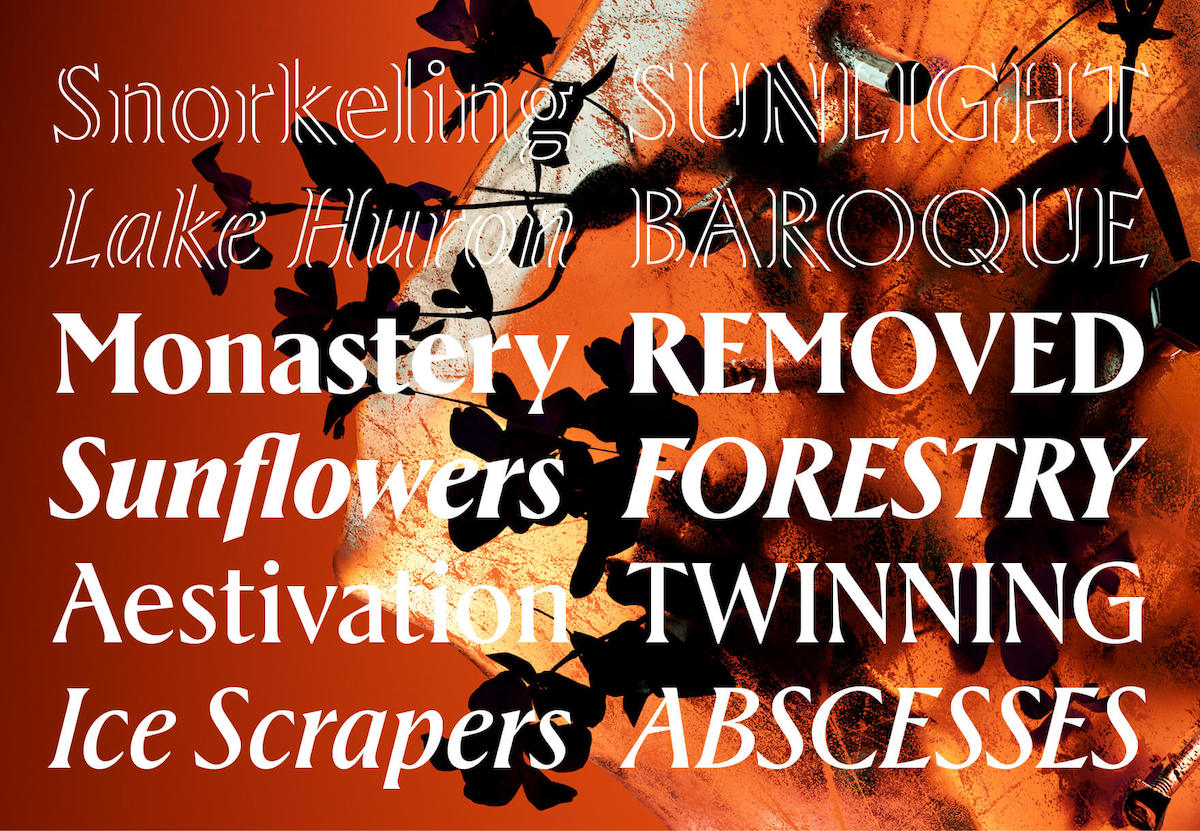
And lastly, what would be your ideal font buying system and why?
An ideal font buying system is probably one where the customer feels confident in the fact that they are buying the right license, with a purchase experience that uses clear vocabulary, and is quite fast and seamless. Many foundries are getting there.
Thank you so much to Jean-Baptiste and Production Type!

